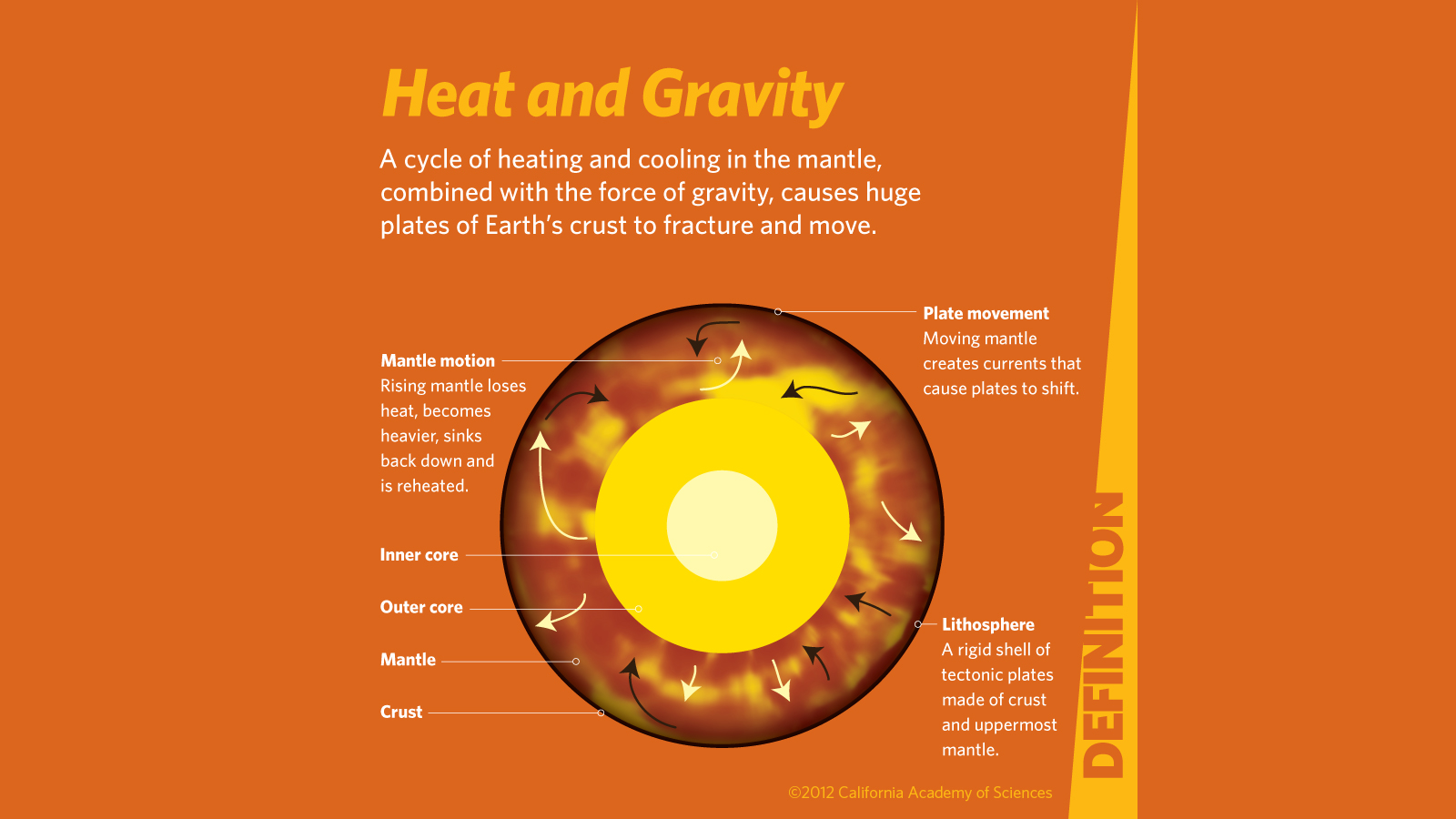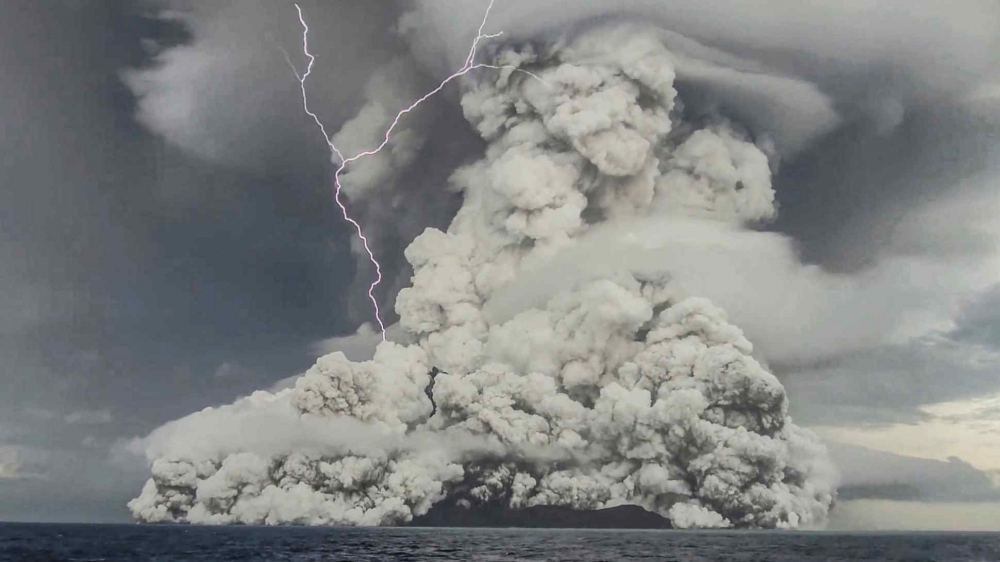No, waters are not seeping into the crust down to lower layers where water is.
Water vapor, CO2, and Sulphur Dioxide are primary vapors from volcanos. It is true that water vapor varies from 1% to 10%. It is also true that exceptionally high volcanic activity in 2022.
For volcanic activity to have any effect on climate change or rising in sea levels we would expect to see some significant trend in increases in volcanic activity in the 21st century, and over the last few hundred years. However, according the
Smithsonian Institution's Global Volcanism Program that maintains the largest database of volcanic activity that goes back thousands of years, there has been no trend of increasing volcanic activity in this century or the last century, or within last thousand years.
The deepest part of ocean is about 7 to 10 miles deep. The earth's crust varies from 3 to 43 miles beneath the surface. it is composted non-porous rock such as granite, slate, marble which would make significant seepage very unlikely. And even it did, how would ocean water make it's way down over 300 miles of every increasing pressure to the ringwoodite where these so called oceans exist? What you are suggesting would be impossible with what we know of the earth's stricture.
BTW, calling the water trapped in ringwoodite an ocean is simply a misstatement. The statement in the report said there could be 3 times as much water in the ringwoodite as in all of the oceans. That is certainly possible since the layer of ringwoodite is about a hundred miles thick and it incases the outer core of the earth. It is certainly not an ocean. It is simple layers of rock with containing moisture.
And no water seeping out of ocean is not responsible for oceans rising at different rates
The rise in sea level is not uniform because Earth's ocean aren't warming at the same rate everywhere. This results in regional differences in relative sea level rise, with areas that are warming faster seeing faster sea level rise. Changes in ocean circulation also contribute to regional sea level differences.
The inside of our planet is made primarily out of iron and nickel and dark, dense rock.

www.calacademy.org
As discussed in our last Sea Level 101 blog post, we know sea level on the open ocean isn’t really flat. A number of factors combine to determine the topography of the ocean surface. Global sea level rise is complex as well. To begin with, it has multiple causes, including the thermal expansion...

climate.nasa.gov
2022 was an exciting and hazardous year for volcanic eruptions, starting with the massive blast from Hunga Tonga-Hunga Ha'apai. Is this part of a pattern of increasing volcanism? No, not at all.

www.discovermagazine.com





